-
![img]()
Crispy Apple Pie Recipe
Merryn Tan
September 09, 2021
2 min
Apples are one of the most popular fruits. They say apples are nature's candy due to their natural sweetness and satisfying crunch. Apples make a great and healthy snack especially if you are itching to munch something due to boredom rather than hunger.
Apples are also high in fibre and water; the two qualities that make them filling to fight off hunger pang. I always start my day with an apple. An apple a day keeps the doctor away.
Apples can also be cooked using various methods. The basic ingredients needed for cooking apples are usually butter, brown sugar and ground cinnamon, but of course, that is the only tip of the iceberg when it comes to creating fabulous meals or desserts using apples.
I'm going to use these basic threesomes to make my boys' favourite cinnamon-scented tantalising crispy apple pie. I always have butter, brown sugar and cinnamon at home.
These are items that I can't live without. I'm going to make Crispy Apple Bread Pie today. These are deliciously crunchy and taste absolutely amazing.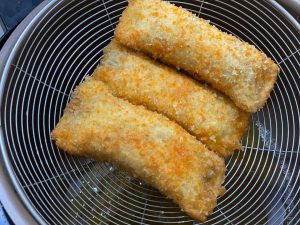 These delectable apple pies are amazingly delicious and taste just like the ones you can purchase across the street.
These delectable apple pies are amazingly delicious and taste just like the ones you can purchase across the street.
My boys will come floating into the kitchen each time I make this especially after I added ground cinnamon while cooking the apple filling as the aroma fills the entire house.
Crispy Apple Pie Recipe
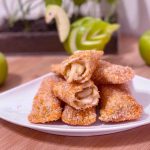
- 175 g green apples (Two medium sized green apples)
- 2 tbsp butter
- 1 tsp corn flour
- 1 tsp ground cinnamon
- 2 tbsp brown sugar
- 2 egg whites
- 5 slices wholemeal bread
Peel two medium sized green apples.
Squeeze orange or lemon juice onto the apples to prevent oxidation.
Cut the apples to remove the core.
Slice the apples thinly.
Melt butter in a pan.
Add a teaspoon of corn flour and stir until dissolve.
Add the sliced apples and cook for a couple of minutes.
You may add a teaspoon of ground cinnamon to elevate the fragrant and taste of the apple filling. After all, apples and cinnamon are a match made in kitchen's heaven.
Add a tablespoon of brown sugar and cook until sugar dissolve.
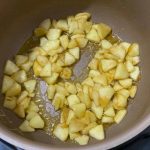
Scoop out into a bowl.
Separate egg whites from the yolk. We are only going to use the egg whites for this recipe. Set aside the yolk for other dishes.
Use a rolling pin to flatten a slice of bread.
Place the apple filling on one end of the bread and roll to cover the filling completely.
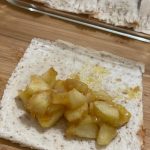
Use fork to pinch the edges to secure them.
Dip bread into egg white.
Roll into a bowl of bread crumbs.
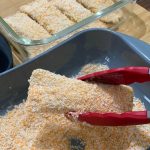
Heat oil in a pan.
Fry apple bread pie until golden.
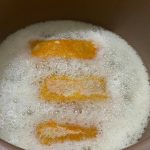
Remove from oil and place on paper to absorb excess oil.
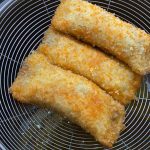
Serve immediately.
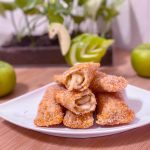
 My happy boy enjoying the crispy apple pie.
My happy boy enjoying the crispy apple pie.
Here's the tutorial to this extremely easy crispy apple pie:
https://youtu.be/d4PTyfDBnjg -
![img]()
Scoliosis in Kids: What You Need to Know
Carol Low
September 10, 2021
5 min
As parents, one of the things we need to look out for and understand is childhood scoliosis. We may not be familiar with this medical condition; hence it is an opportune time to learn more about it from Assoc. Prof. Dato’ Dr. Mohd Hisam, Orthopaedic & Trauma Surgery, Spine Surgery, UKM Medical Centre.
.
Let’s get on to it, and learn some useful insights on scoliosis, and share this information with other mummy friends out there, too!Q1: What is scoliosis?
Scoliosis is a lateral or side to side bending of the spine. However, this definition is not very accurate, as the side-to-side bending is also associated with rotation of each spine segment, making this a three-dimensional deformity rather than just a side-to-side deformation.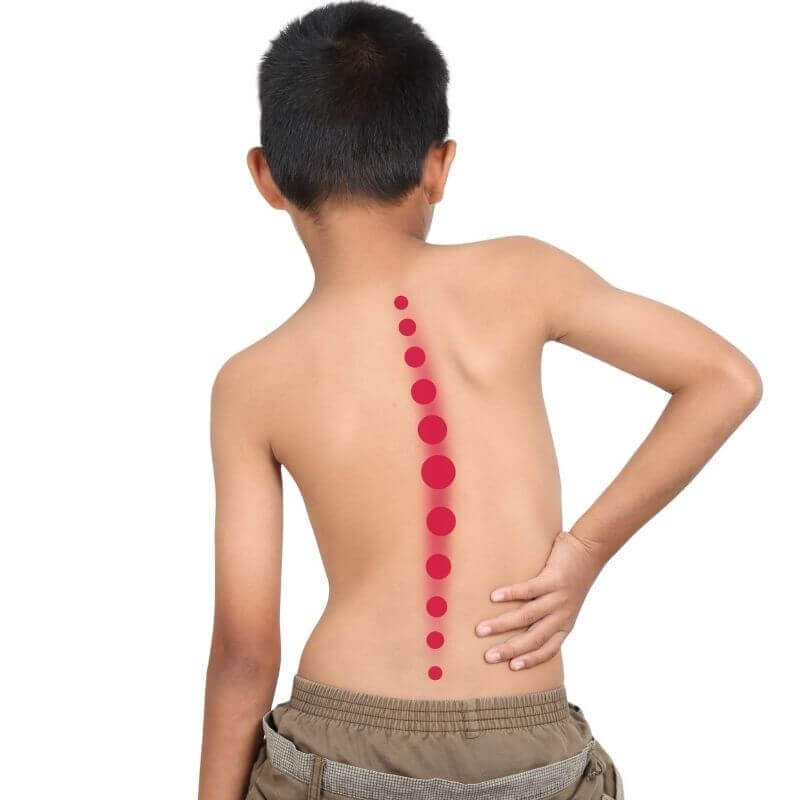 Image credit: Canva
Image credit: Canva
This rotational element is responsible for the associated cosmetic appearance of a “rib hump” or a small hump in side of the spine, which is more noticeable as the patient bends forward. This hump is used for a screening test in scoliosis known as the Adam forward bending test.Q2: Are people born with scoliosis, or does it develop?
Scoliosis has many etiological causes. When you are born with scoliosis, it is called congenital scoliosis. This is usually a bony malformation of vertebrae that forms the spine. It can be a malformation failure like unsegmented spinal vertebrae, or more commonly a hemivertebrae where only half of the vertebrae is formed.
Another form of scoliosis is neuromuscular form, which is usually associated with spinal cord malformation. Our spinal cord is housed by the spine, which is a body of electrical wiring system that connects our impulses from our brain to our muscles, etc.
Majority of scoliosis cases fall under the idiopathic scoliosis category. This type of scoliosis constitutes about 80 percent of the cases. Idiopathic scoliosis is diagnosed after excluding all the known causes of scoliosis.
The most common type of idiopathic scoliosis is the adolescent idiopathic scoliosis, which develops when a child is at the growth spurt stage. To date, we do not know the exact cause as to why certain children develop idiopathic scoliosis. There is also a small chance of familial tendency to develop this form of scoliosis.Q3: At what age is scoliosis usually diagnosed?
Since scoliosis is usually painless and develop gradually over time, it is usually a problem that is not detected. Therefore, as parents, we have to monitor our child well as scoliosis commonly develops during the child’s growth spurt around the ages of 11-14 in girls, and 12-15 in boys.Q4: What are the signs of scoliosis in children?
The easiest way to detect scoliosis is to examine your child’s back as he or she stands against the wall, like how you would measure their height. Look for level of the shoulder and the pelvic area. They should be equal on right and left.
Next, look out for any asymmetry in the shape of the torso. Then, ask the child to bend forward and look for any asymmetry on the ribs, or the presence of rib hump when they bend forward. Image credit: Prof Dr Mohd Hisam
Image credit: Prof Dr Mohd Hisam
Finally, measure their height. Keep note of their height progression. This “vertical height” should correspond to the arm span of the child. If you notice your child’s height has reduced from the last measurement, or evidence of asymmetry of the trunk, shoulder, and pelvic area with the presence of a hump when they bend down, you should have your child checked up.Q5: Can a child grow out of scoliosis, or will it worsen with age?
Usually, serial clinical and radiology examination of the spine is needed to be able to determine this. It also depends on the stage of scoliosis that the child has developed. If it is detected before the growth spurt, then there is a higher chance of scoliosis progression. If it is developed at the end of the child’s growth cycle, then it normally does not progress very fast.
Finally, it also depends on the degree of the scoliosis at the end of the growth. If your child is at less than 25 degrees at end of the growth, this normally does not progress and will not have any effect in adulthood. If at end of growth it’s about 40 degrees, then it will progress but at a very slow rate, roughly 0.7-1.2 degrees per year, depending on the location of the curve. Curves between 25-40 may or may not progress.Q6: Is there a cure for scoliosis?
Currently, there is no cure. I don’t consider surgery as a cure. If your child needs surgery, it will be a trade-off between a mobile spine and a straight but stiff spine. However, not all scoliosis needs to be operated upon.Q7: What kinds of exercises are suitable for kids or adults with scoliosis?
In the case of scoliosis where the spine bends side to side, the muscles along the sides of the spine will usually be longer on one side and shorter on the other side. Therefore, exercises that’s good will result in a better balance between these muscles. Image credit: Canva
Image credit: Canva
These muscles are also part of the core muscles, hence it’s good to strengthen the core muscles, too. A good way is to do side to side stretches. Examples of good strengthening exercises are planks, side planks, and if you have a swimming pool, swimming is also good. Exercises have to be maintained throughout your life to maintain healthy back muscles. Image credit: Canva
Image credit: CanvaQ8: Is there anything children with scoliosis should avoid?
Nope! You should allow your child to enjoy their childhood without any limitations of their capabilities.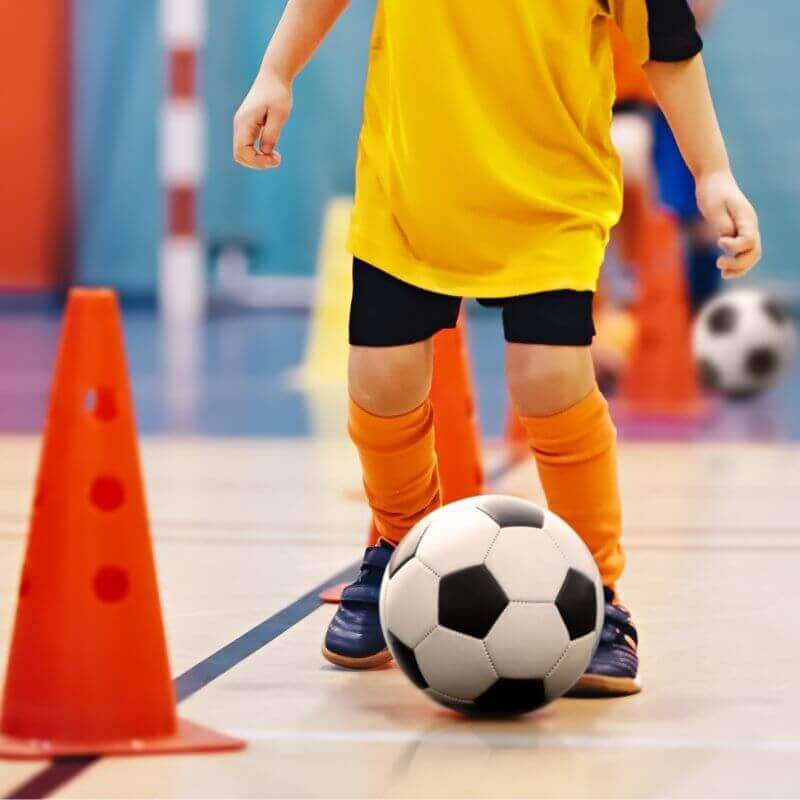 Image credit: Canva
Image credit: CanvaQ9: What helps with scoliosis pain?
Majority of scoliosis cases is painless. If it becomes painful, it needs to be investigated further. However, as they go into adulthood, they may start to have back pain from spinal and muscular imbalance. Therefore, the exercises I have mentioned earlier will be good. Maintaining good core muscles helps to reduce back pain, whether you have scoliosis or not.Q10: What are some of the things you feel parents should know if their child has scoliosis?
A child with scoliosis is special! They are usually very smart and academically an overachiever. However, they may feel inferior as they will think that they have a deformed spine. Hence, we must first maintain the emotional health of our scoliosis child.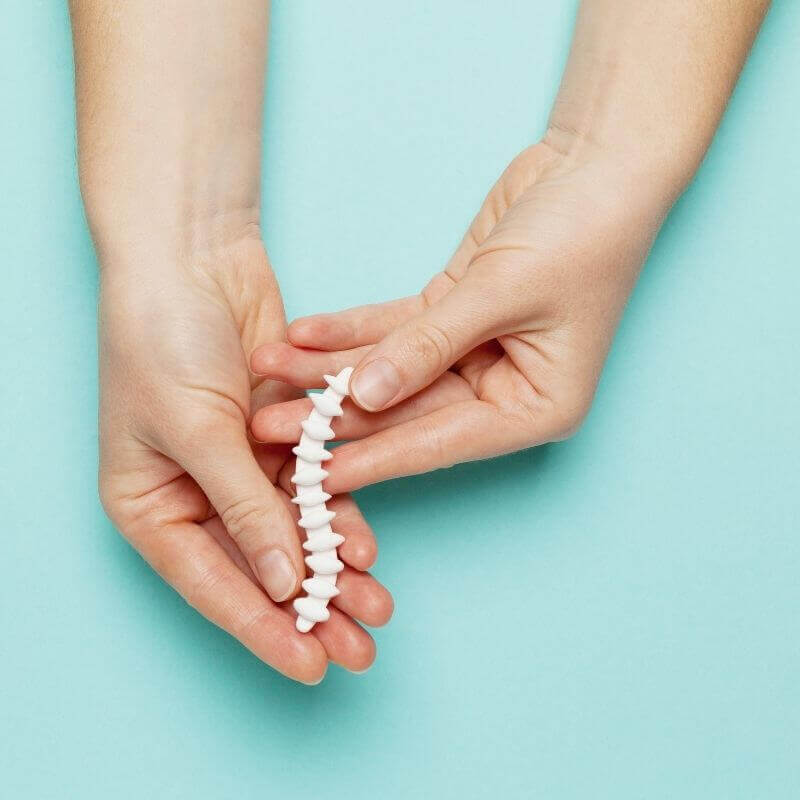 Image credit: Canva
Image credit: Canva
A child with scoliosis must not be treated as an 'OKU' ('orang kurang upaya' or ‘persons with disabilities’, in English) as they can do and achieve many things in life. Help your child to maintain a good exercise regime. And in the low likelihood where your child needs surgery, please know that even if it is a complex major surgery, it can be done very successfully, with very low complication rate. There are adequate expertise and modern equipment available for surgically treated patients.
Source: Assoc. Prof. Dato’ Dr. Mohd Hisam, Orthopaedic & Trauma Surgery, Spine Surgery, UKM Medical Centre
Disclaimer: The information provided in this article is for informational purposes only and should not be considered as medical advice from Motherhood. For any health-related concerns, it is advisable to consult with a qualified healthcare professional or medical practitioner.
For more insightful stories and fun recipes, stay tuned to Motherhood Story!
-
![img]()
COVID-19: Enormous Surge in Deaths Among Children
Amira Jeffrey
September 06, 2021
0 min
As of the 30th of August 2021, an alarming surge in the deaths of children from COVID-19 takes on frightening heights.
While just last year there were only six child fatalities below the age of 17, our country has now recorded a total of 41 deaths among children.
Among the 41 fatalities, 15 were children below the age of four, 12 of which occurring within the recent 3 months. The pandemic also took the lives of 16 children between ages twelve and seventeen years old, with another 9 below twelve years.
The total number of positive cases involving children to date currently amounts to a total of 310,074 cases- a 25-fold increase in contrast to the 12,629 last year in 2020.
This year, children between ages seven to twelves years old reportedly make up the highest number of positive cases with a total of 106,823. This is followed by those aged thirteen to seventeen years old with total cases of 89,087. Those up to four years old comes next with a total of 81,168, and five to six-year-olds at 32,996.
The rise in cases among children is indeed frightening. Motherhood.com.my wishes the utmost strength and endurance to parents of restless younglings long deprived of life outdoors. Choosing to keep your child indoors now serves as a life-saving measure for your child; particularly as our fight against this pandemic has yet to reach a culmination. Now is indeed the time to vamp up our vigilance for the health and livelihood of our little ones. Safety first, always. Together, we can overcome this pandemic.
Stay tuned to Motherhood Story for more pieces on COVID-19 updates and other engaging reads! -
![img]()
Top 10 Essentials for Newborns As Voted by Mums
Liyana Amirah
October 10, 2021
4 min
Congrats, you’re a new mum! Prior to this, you’ve spent months preparing for your little bundle of joy’s arrival, and now the day has finally arrived! You’ve cradled your newborn in your arms after giving birth, during your stay in the hospital, and now it’s finally time to go home and start your new lives together as a new family. Which products are safe to use on your little one?
Considering the amount of brands and products available out there, it is understandable if it may all seem a bit daunting at first, especially as new parents. However, don’t worry, we are here to assist your decision making! We’ve prepared for you here a list of essential products which have been awarded the Motherhood Choice Awards 2021, as voted by our 10,000 readers:First-Choice Baby Cot: Babylove Classic 4in1 Baby Cot Bed

Babylove Classic 4in1 Baby Cot Bed is made of genuine Meranti Wood and has three adjustable base heights, making it perfect for newborns to five-year-olds. As a result, it is highly long-lasting and suitable for long-term use. Its non-toxic plastic teether keeps infant teeth from biting the bed frame directly.
Furthermore, the non-toxic paint and finishing can protect the baby's skin from being sensitive. Parents can also lower the side gate with one hand thanks to the two-handed drop side mechanism.
Meanwhile, the castor wheels have a stopper, allowing the infant crib to be easily moved and stopped. Finally, the safety standard of this baby cot meets or exceeds the UK and EU Safety Standards, making it incredibly safe for baby to use.First-Choice Baby Organic Formula & Weaning Product: Bubs® Organic
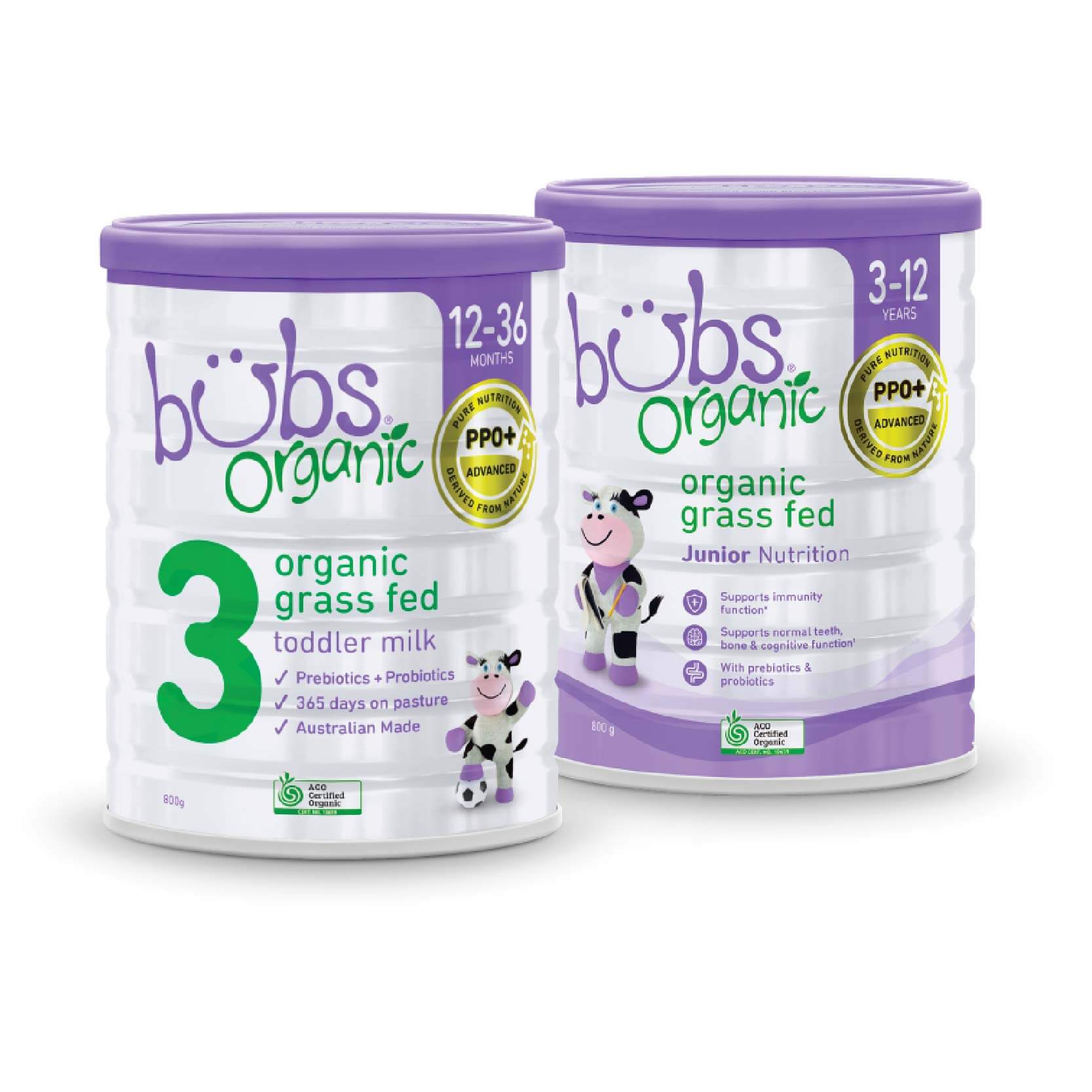
Formula, vitamins, purees, cereals, and rusks made in Australia for children of all ages. Bubs® Organic takes pride in establishing a lifetime of healthy eating habits and giving your child the greatest possible start in life. Their recipes are created by nutritionists and chefs to ensure that each Bubs® Organic product meets your developing baby's nutritional needs.
They meticulously choose appropriate combinations of ingredients for bubs starting off on their culinary experience, with no hidden nasties. Bubs® Organic is committed to providing wholesome and nutritious food; this is ‘clean' food from a reputable Australian company.First-Choice Liquid Cleanser: TLC Green Liquid Cleanser
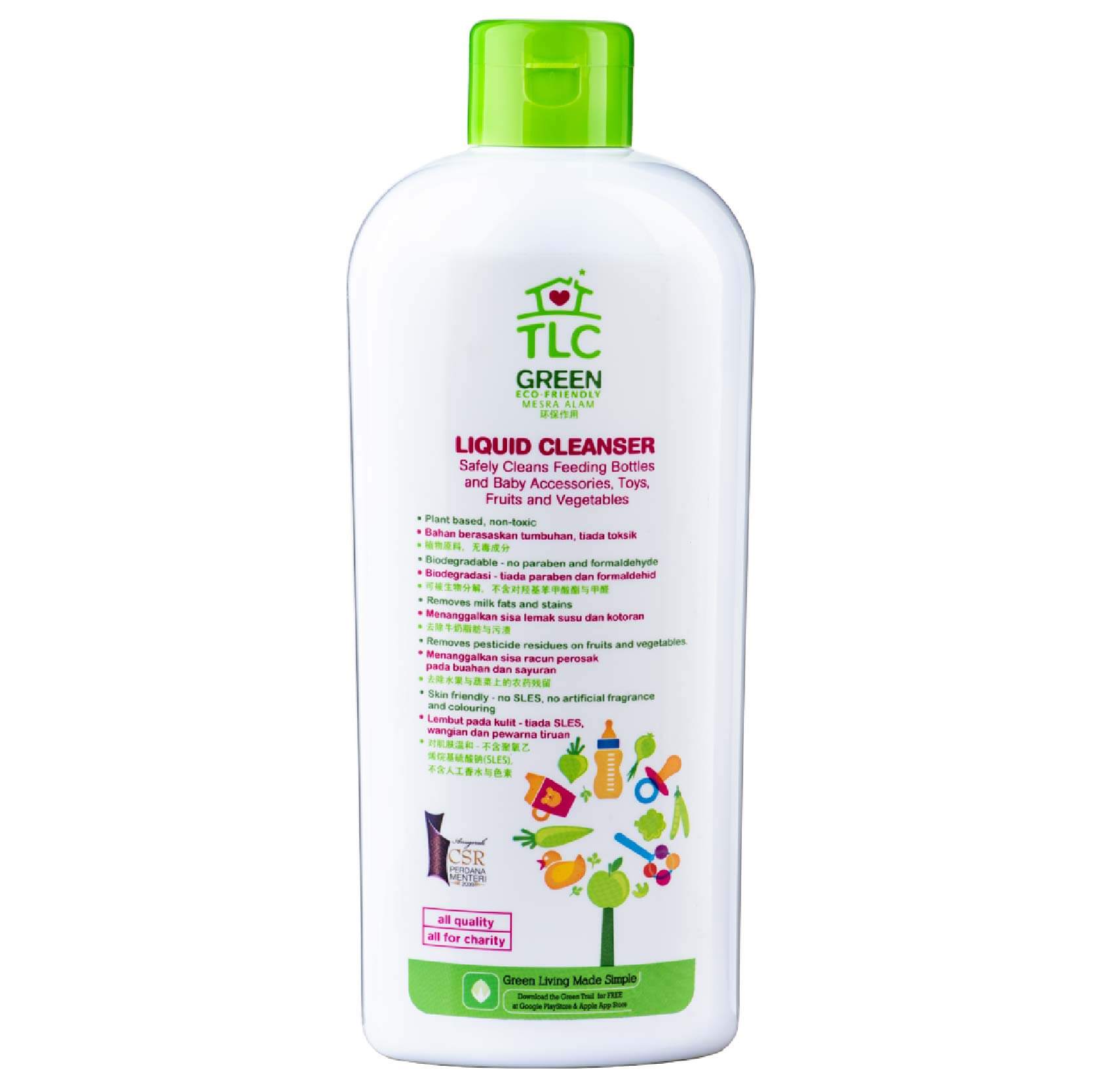
TLC Green Liquid Cleanser is a plant-based product that is 100 percent biodegradable. Certified Halal by JAKIM Malaysia, it’s a skin-friendly product that’s free of phosphate, bleach, SLS/SLES, parabens, dyes, formaldehyde, colourants, methylisothiazolinone, synthetic smells, and is fragrance-free.
Cleaning baby bottles, pacifiers, teats, and toys is safe, because it eliminates milk fat, grime, and stains. Pesticide residues in fruits and vegetables are also properly removed. Protect your family’s health and happiness with TLC Green Liquid Cleaner today.First-Choice Baby Cleanser: Buds Organic Precious Newborn Head to Toe Cleanser (BCO)
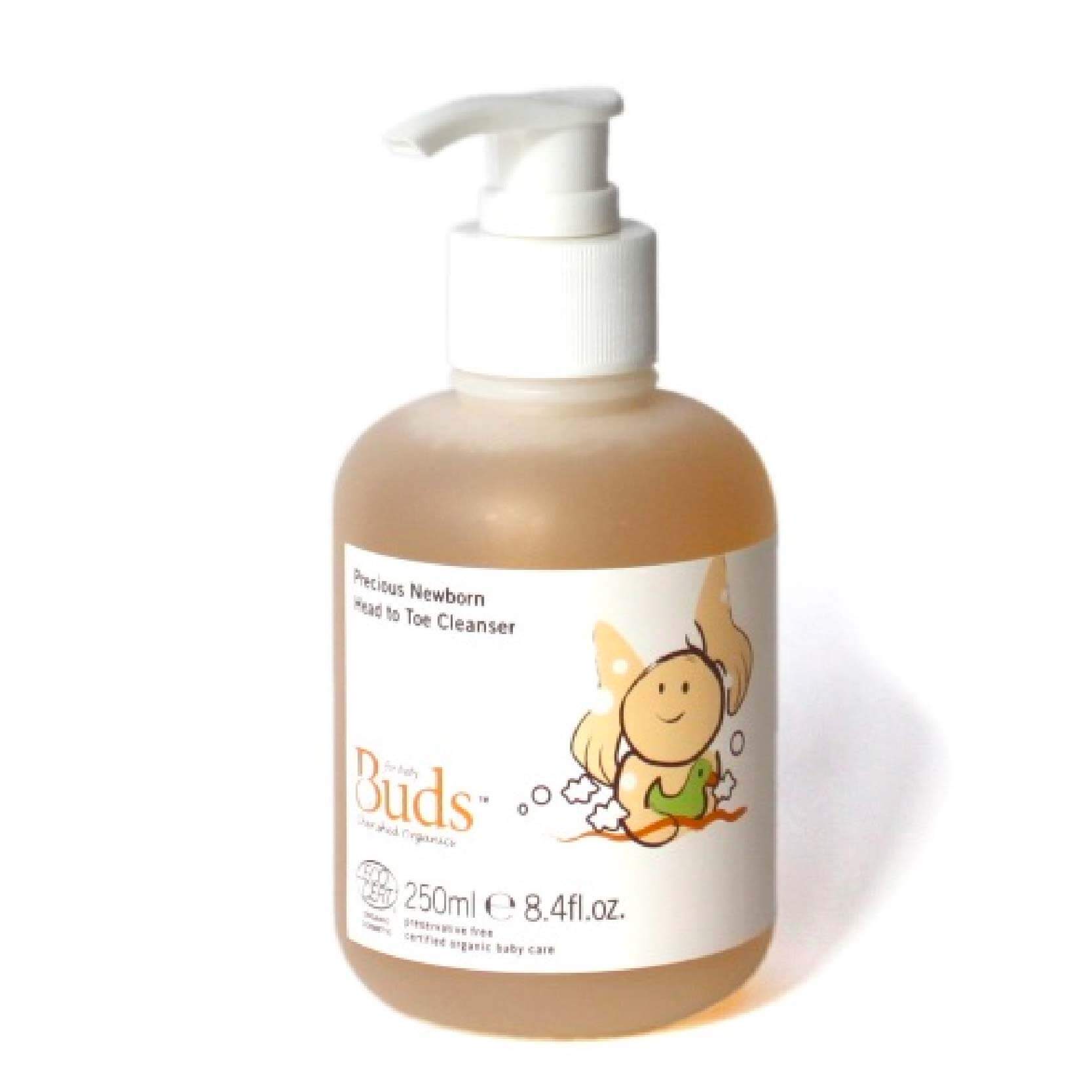
The actual meaning of a miracle can be seen in the eyes of a newborn baby. Gentle cleansing is essential, and Buds Organic's super gentle amino acid and sugar-derived cleanser is ideal. Organic aloe vera is used to soothe and nourish the skin.
The end result is a simple and gentle mixture that eliminates dirt and filth without causing harm to baby's sensitive skin. Precious Newborn Head to Toe Cleanser is devoid of preservatives and Ecocert certified organic.First-Choice Tape Diaper: Drypers®
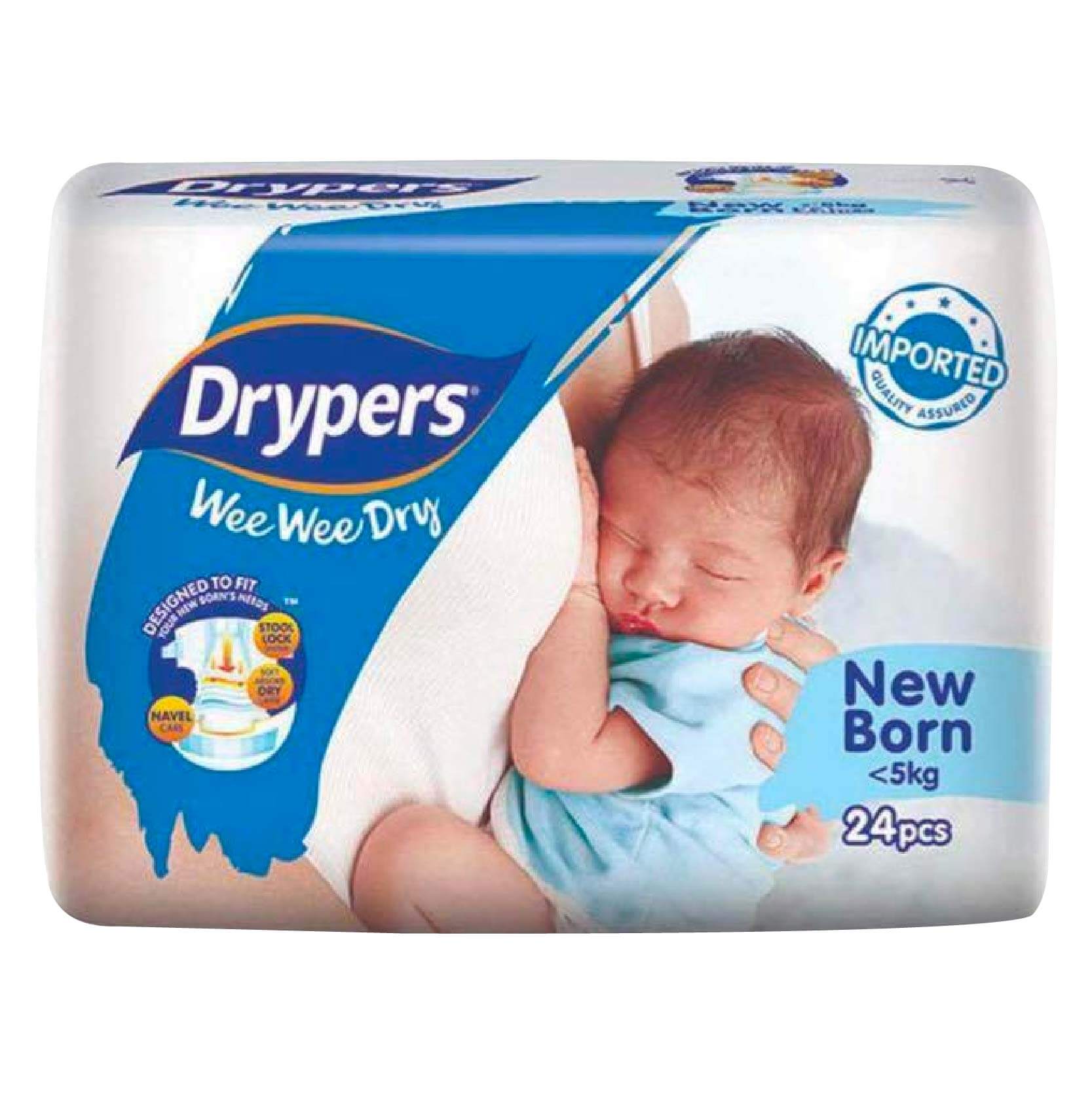
The new and improved Drypers® Wee Wee Dry tape diaper offers more than just 'fit' and 'dry'. It now has a leakage indicator and a Pro-Skin™ pH Balanced Layer, which keeps your baby's skin dry and pleasant for up to 10 hours while reducing skin irritation for healthy infant skin.
Drypers® Wee Wee Dry is also now Eco Green, as part of Drypers®' sustainability commitment to care for baby and nature. It contains 39% bio-renewable and biodegradable plant-based materials.First-Choice Eczema Therapy: QV Baby Moisturising Cream
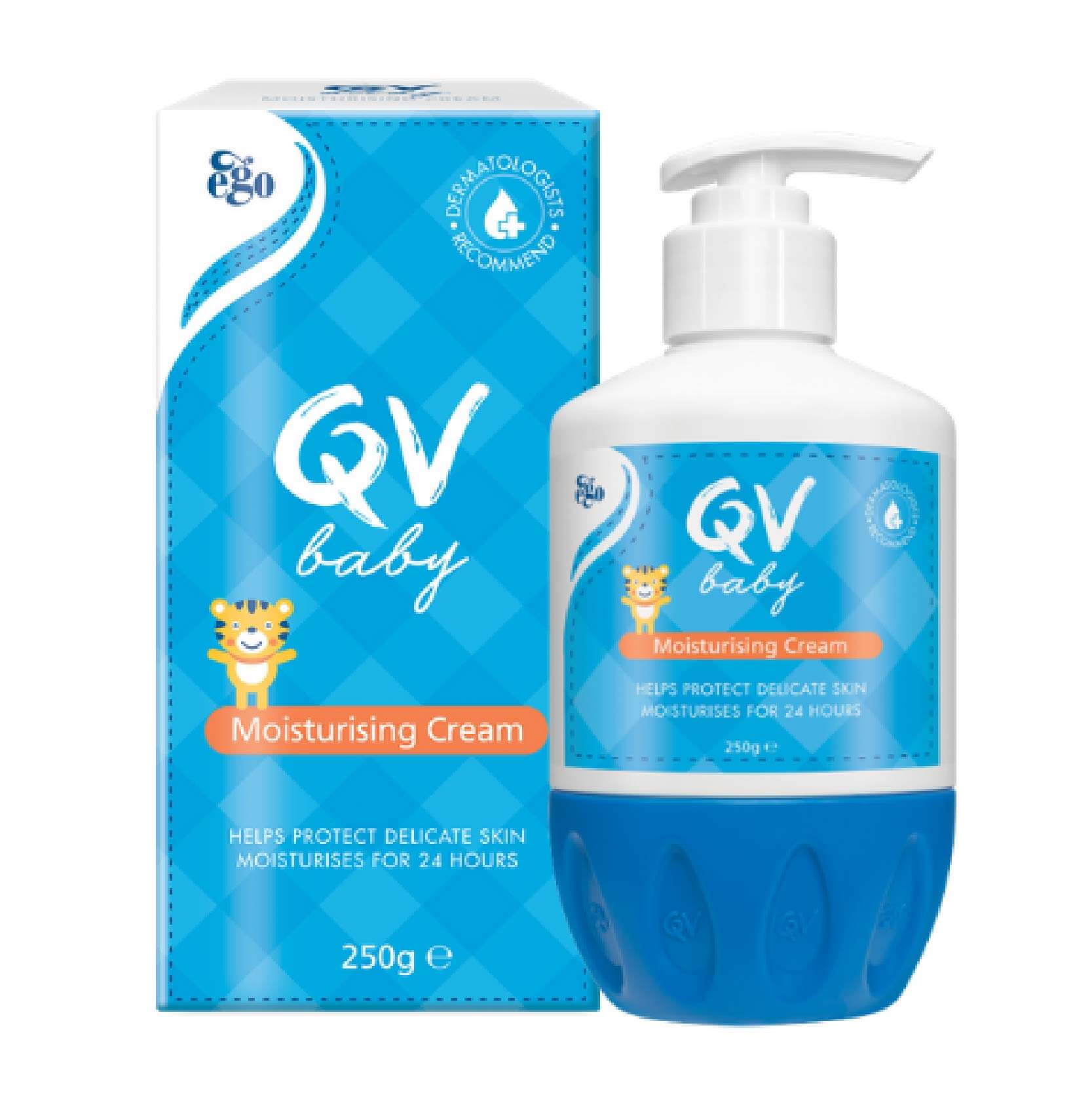
QV Baby Moisturising Cream can be used on a daily basis and to treat eczema, dermatitis, and psoriasis. Squalane, a component found in the skin's natural oil, aids in the preservation of the skin's natural hydration.
Emollient, humectant, and occludent are three types of moisturising chemicals used in it to provide rich and thorough moisturisation to baby's skin. QV Baby Moisturising Cream is non-greasy, absorbs quickly, and is long-lasting (up to 24 hours of hydration).First-Choice Baby Oil: Johnson's® Baby Oil
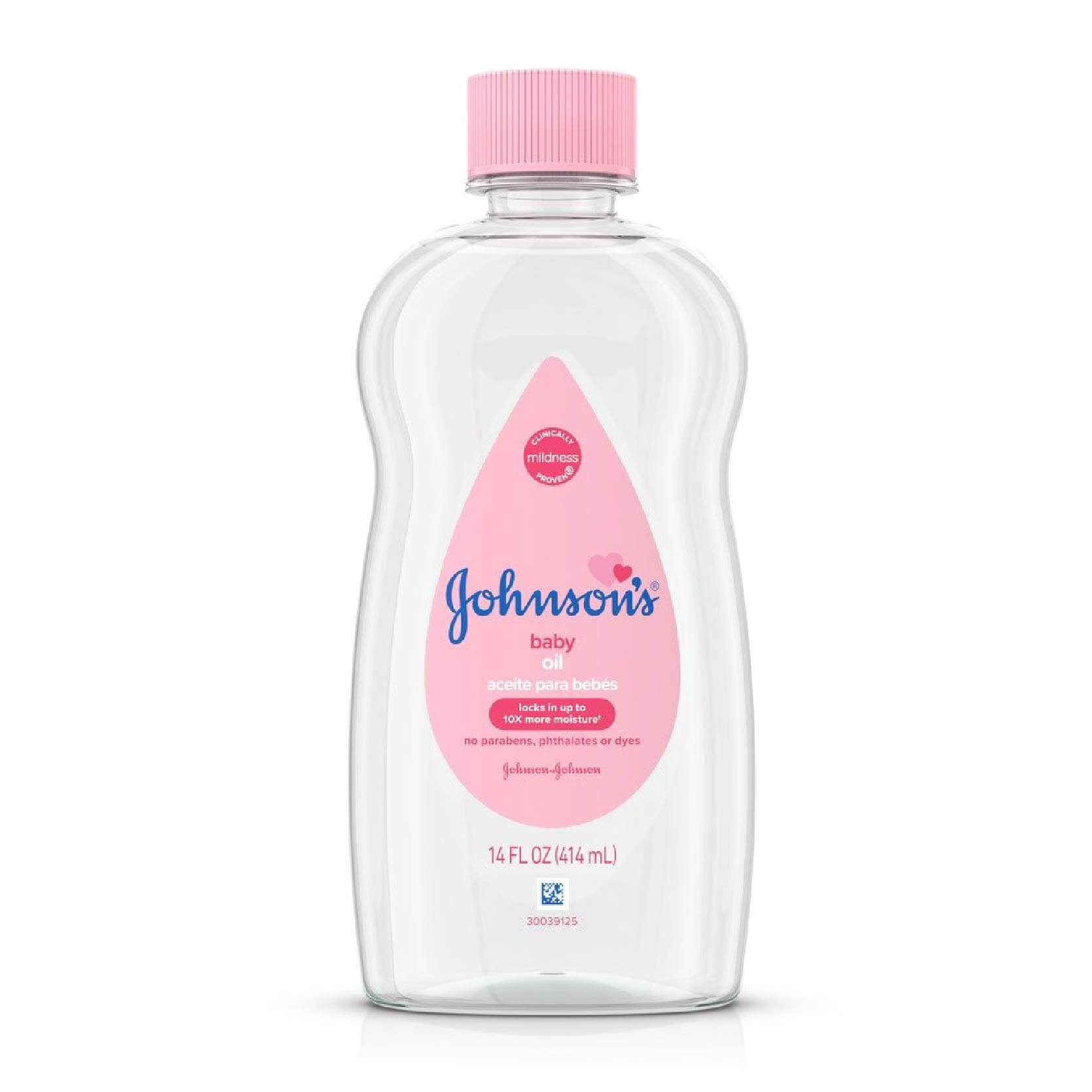
Touch is a great way to connect with your baby. Use baby oil during a baby massage to provide a peaceful bonding experience for both you and your child. On damp skin, baby oil may hold up to ten times more moisture than a regular lotion, keeping your baby's skin silky and smooth.
Johnson's® Baby Oil is hypoallergenic and dermatologist-tested. It's made for baby's sensitive skin, thanks to its clinically proven mildness formula. It is free of parabens, phthalates, and dyes, and is designed to be soft and never harsh.First-Choice Baby Nasal Spray: STÉRIMARTM
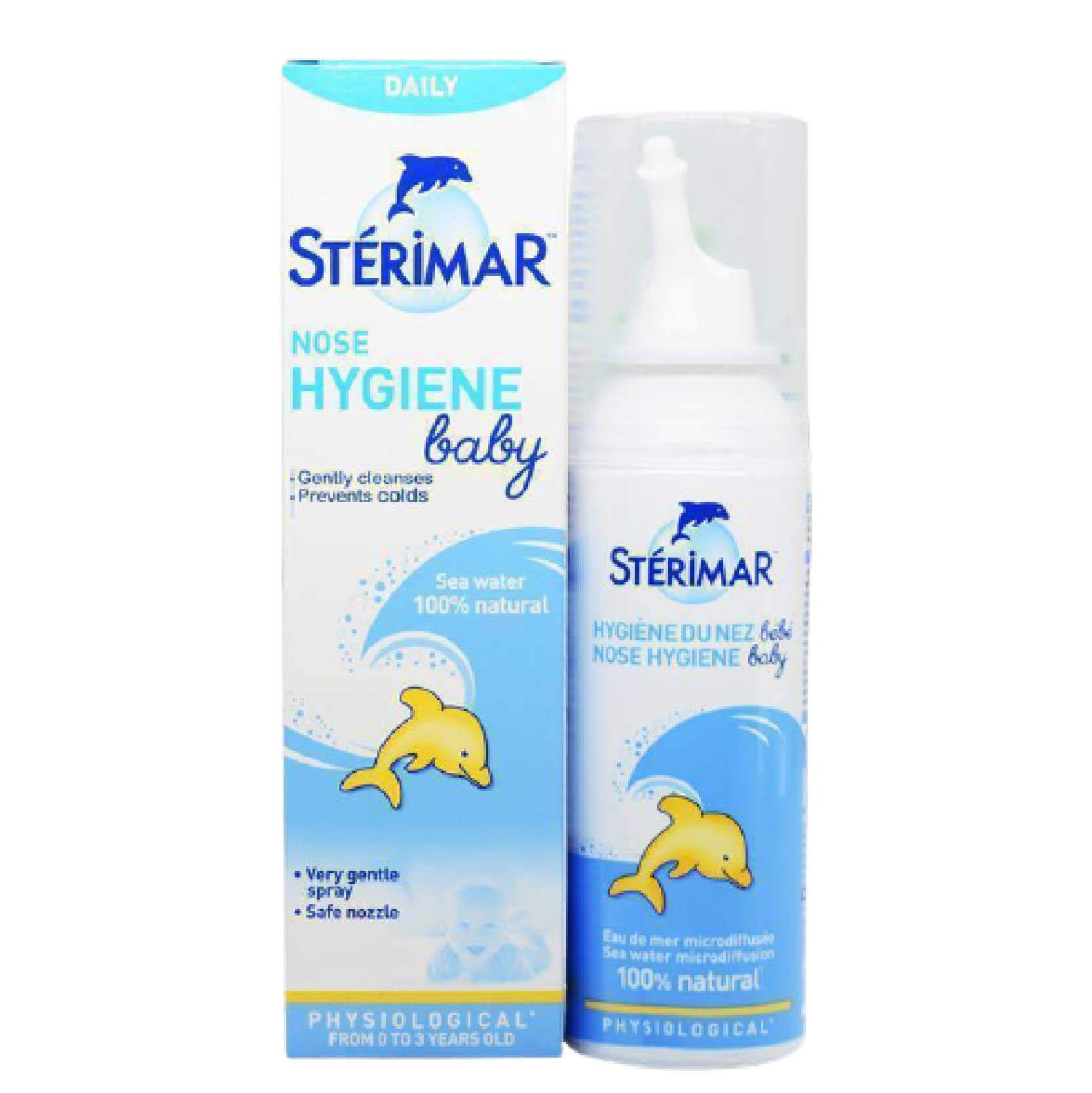
Breathe Easy Baby is a natural nasal spray based on purified sea water that gently cleans and clears small noses. The STÉRIMARTM unique nozzle produces a mild micro-diffusion spray that coats the inside of the nasal passages for easy breathing and cold prevention.
To provide an easy and stress-free application, the Breathe Easy Baby nozzle now has an ergonomic form and a non-slip, pleasant coating surface. Breathe Easy Baby includes no preservatives or additives, making it the perfect treatment for children aged three months to three years.First-Choice Breast Pump: Spectra S1+ Hospital Grade Double Electric Breast Pump

The S1+ Hospital Grade Double Electric Breast Pump is a whisper-quiet hospital-grade breast pump with all of the S2+'s capabilities, including highly customisable settings to fit your body. It is suitable for newborn feeding due to the slow-flow teats.
It includes a powerful, customisable suction, as well as a letdown mode and a completely changeable programme to meet your body's needs. It also comes with a complete double kit for double pumping, as well as a nightlight, timer, and an internal rechargeable battery.First-Choice Lactose-Free Formula: Similac® Lactose Free 850g
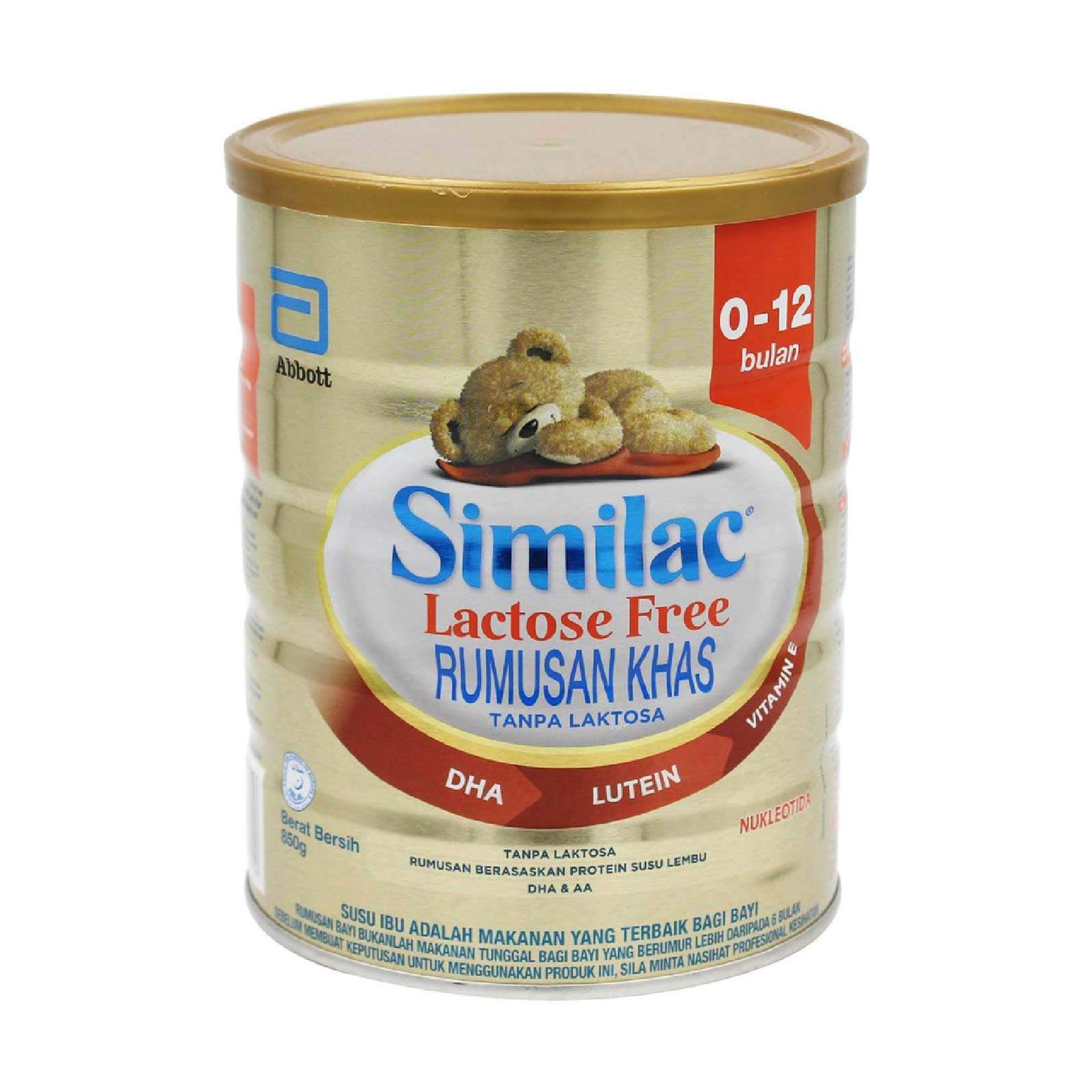
Abbott Similac® Lactose Free 850g is fortified with essential vitamins and minerals for your child's growth. Abbott's delicious flavour and milky texture will make it easy for your little one to consume it on a daily basis.
You won't have to worry about your mini-me being difficult or not getting enough nourishment since Abbott Similac Lactose Free 850g will take care of everything! It won't take much persuasion—one try of this delectable beverage is all that's needed.
You may find the remainder of our Motherhood Choice Awards 2021 Winners here.
For more interesting stories and fun recipes, stay tuned to Motherhood Story!
-
![img]()
Not All Milk Are the Same, Source Wise
Carol Low
November 24, 2021
4 min
Milk is an important food source for toddlers and growing children. It is one of the most nutritious foods and it helps provide children with nutrients and vitamins for development of their bodies. However, not all milk is created equal. The quality of milk comes from the quality source of nutrition that milk is derived from.
Choosing healthier choices of food involves understanding the sources of nutrition in the food we offer to our child. Many mothers may be unaware about such choices with regard to how they are made in order to derive pure nutrients from these food sources.
For milk, it is all in the process of dairy farming. Understanding how and where it comes from, and more importantly, what the milk contains, is key to providing pure nutritional milk to our children.
Let’s examine the difference between organic and non-organic milk, the difference in nutrition, and the benefits of organic milk for children.Non-Organic Milk Vs Organic Milk
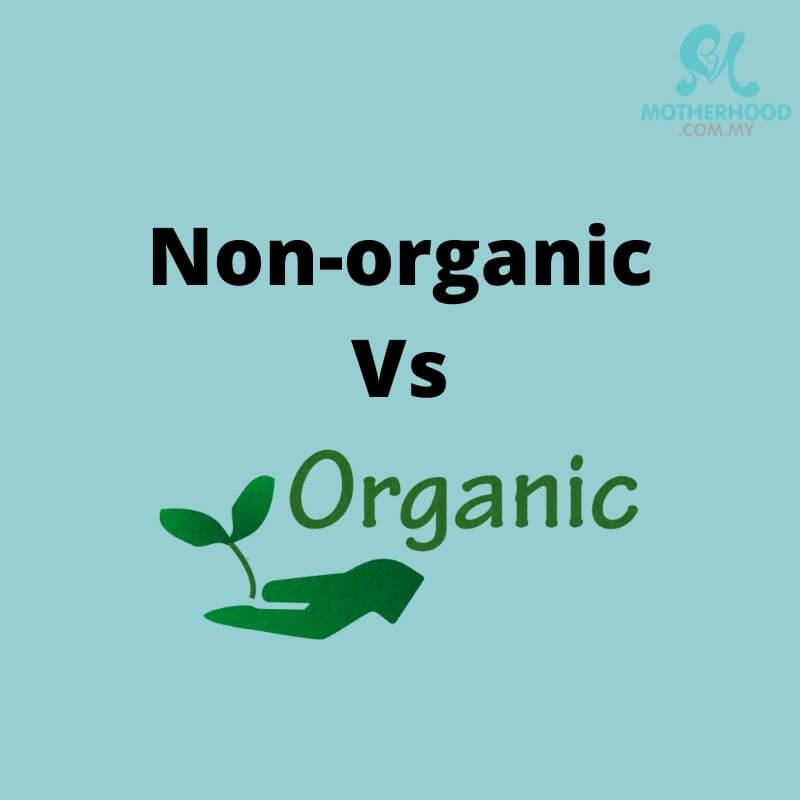 Image credit: Canva
Image credit: Canva
In non-organic milk farming, it is known that different chemicals are used in the production process. It may include pesticides and fertilisers for growing fodder, synthetic growth hormones and antibiotics fed to the cows.
Organic, on the other hand, is the best that nature can provide. When we talk about organic, we don’t just mean naturally grown or raised food source. Organic is a government-backed assurance that products are grown and processed with no toxic chemicals, no prophylactic antibiotics, and synthetic growth hormones.
Organic is the most heavily regulated food system. Only organic guarantees no toxic synthetic pesticides and herbicides, or chemical fertilisers are used in the production of crops, and no prophylactic antibiotics or growth hormones are given to livestock.
Not only that organic cannot contain any of the above-mentioned chemicals, cows are also raised in humane conditions, and graze and forage pastures.
When you choose organic, you are also assured that no artificial colouring, flavouring and preservatives are added. No irradiated products or ingredients are allowed. It is also GMO-free.
It is food that nature intended it to be.Benefits of Organic Milk
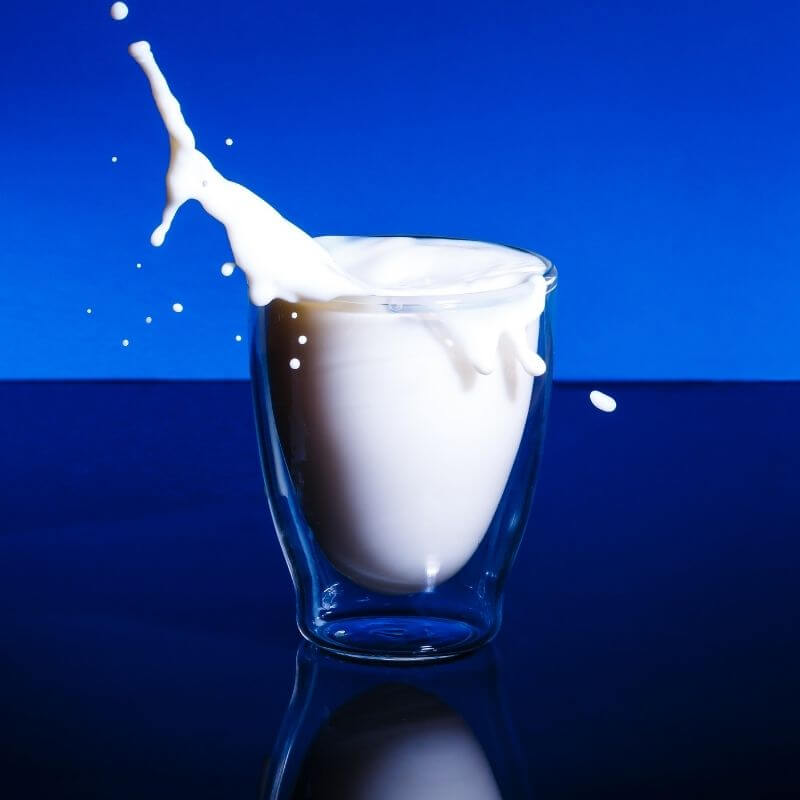 Image credit: Canva
Image credit: Canva- 1. One of the greatest benefits of organic milk is the absence of certain chemicals that are harmful to children’s body system in the production process. Organic milk does not contain antibiotics, synthetic growth hormones, or pesticides that are present in conventional milk. Not exposing our children to such chemical contaminants is one of the biggest benefits for our children. Toxins in pesticide residuals have been found to affect brain development and pose other health risks, too. Synthetic growth hormones can lead to changes in endocrine functions which affects growth, brain development, and reproductive capabilities.
- A 2016 European study shows that organic dairy contains higher levels (up to 50%) of the heart-healthy omega-3 fatty acids compared to non-organic dairy. This is a result of better quality pasture and forage for cows, which leads to nutritionally superior milk production.
- Organic food also contains more vitamin C and antioxidants. When organic plants are exposed to pests, they produce their own protection mechanisms to fight off the pests to survive, and we stand to benefit from it. On average, organic crops contain 25% more antioxidants than conventional crops. Antioxidants are important in helping our bodies fight against free radicals that can contribute to coronary diseases and cancers. It is also found that there are high levels of conjugated linoleic acid (CLA) in organic milk. CLA increases our body’s metabolic rate, builds up our immune system and aids in muscle growth. It helps in reducing abdominal fat, cholesterol, and allergic reactions.
Introducing HiPP JUNIOR Organic Growing-Up Milk
 Image credit: HiPP
Image credit: HiPP
HiPP serves in nearly 60 countries, supporting millions of children. What comforts a mother when choosing one health food over another is the trust and approval of other mothers on the chosen product. HiPP has long served mothers by supporting their children’s health and growth with various products of premium organic quality.
The good news is that HiPP JUNIOR is finally available to us in Malaysia! Formulated for 1-3 year olds, HiPP JUNIOR is inspired by science and nature. It is fully imported from Germany.
HiPP is an expert in paediatric food, and is aware of its special responsibility towards future generations and committed to producing premium organic quality milk and food for children.
Here are reasons why mothers around the world choose HiPP JUNIOR:- Premium Organic Quality and exceeds the EU Standards. HiPP guarantees this personally with a HiPP Organic Seal.
- HiPP has strict quality control from raw materials to finished product (up to 500 controls).
- Free from GMO, and no use of chemically synthesised pesticides and insecticides, artificial hormones/growth hormones, artificial fertilisers, and prophylactic antibiotics.
- HiPP uses premium certified organic sources of nutrition. Contains 100% pure organic lactose, organic Galacto-oligosaccharides (GOS), and natural dietary fibre to support a healthy intestinal flora.
- HiPP uses premium certified organic sources of nutrition. Contains Omega-3 fatty acids from natural organic ingredients to support brain and nerve cells development.
- Free from sucrose and artificial sugars.
- Contains key nutrients (Vit D, Calcium) for healthy bones and teeth.
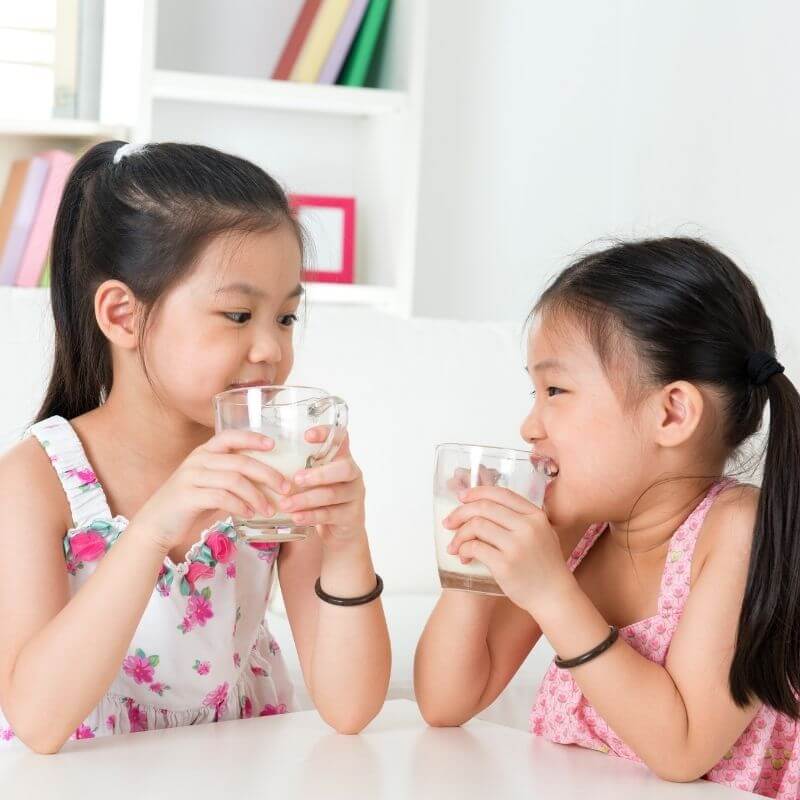 Image credit: Canva
Image credit: Canva
Not all milk is created equal, and we mummies want only the best for our little ones. Now that we have more understanding of what’s safe and how to choose milk with pure nutrients, we can provide them with just that to boost their health and growth.
Choose HiPP JUNIOR as a source of pure nutrition for your child today!
Visit HiPP to learn more, and follow them on Facebook and Instagram for more updates.
Disclaimer: The information provided in this article is for informational purposes only and should not be considered as medical advice from Motherhood. For any health-related concerns, it is advisable to consult with a qualified healthcare professional or medical practitioner.
For more insightful stories and fun recipes, stay tuned to Motherhood Story!
Navigation
Our menu boxes are very flexible and easy to use




